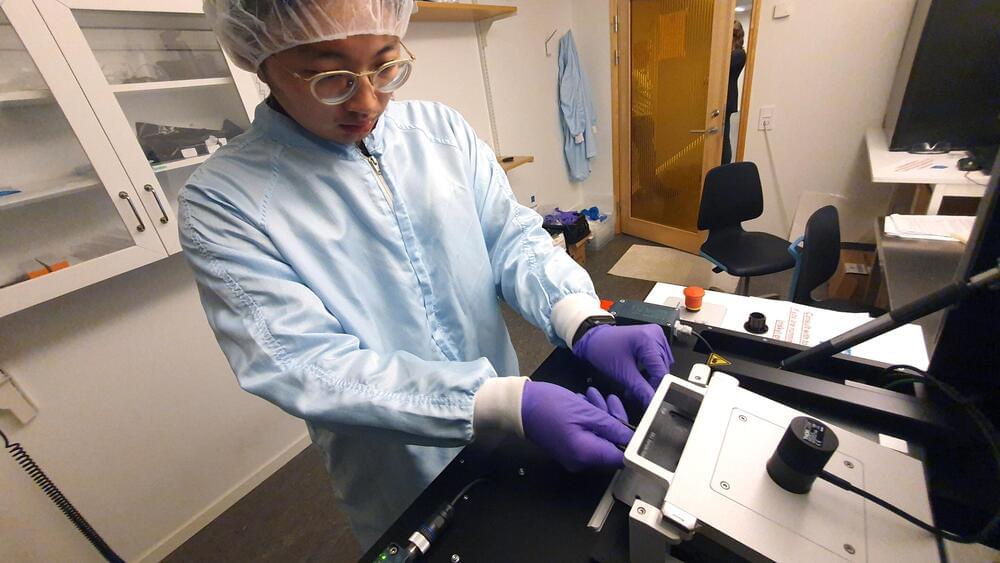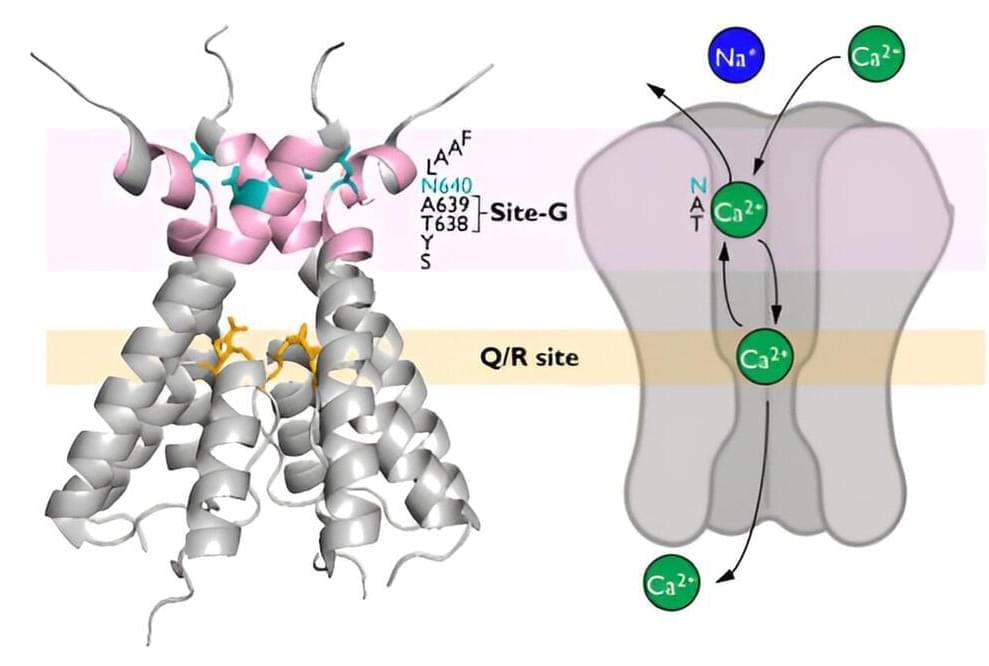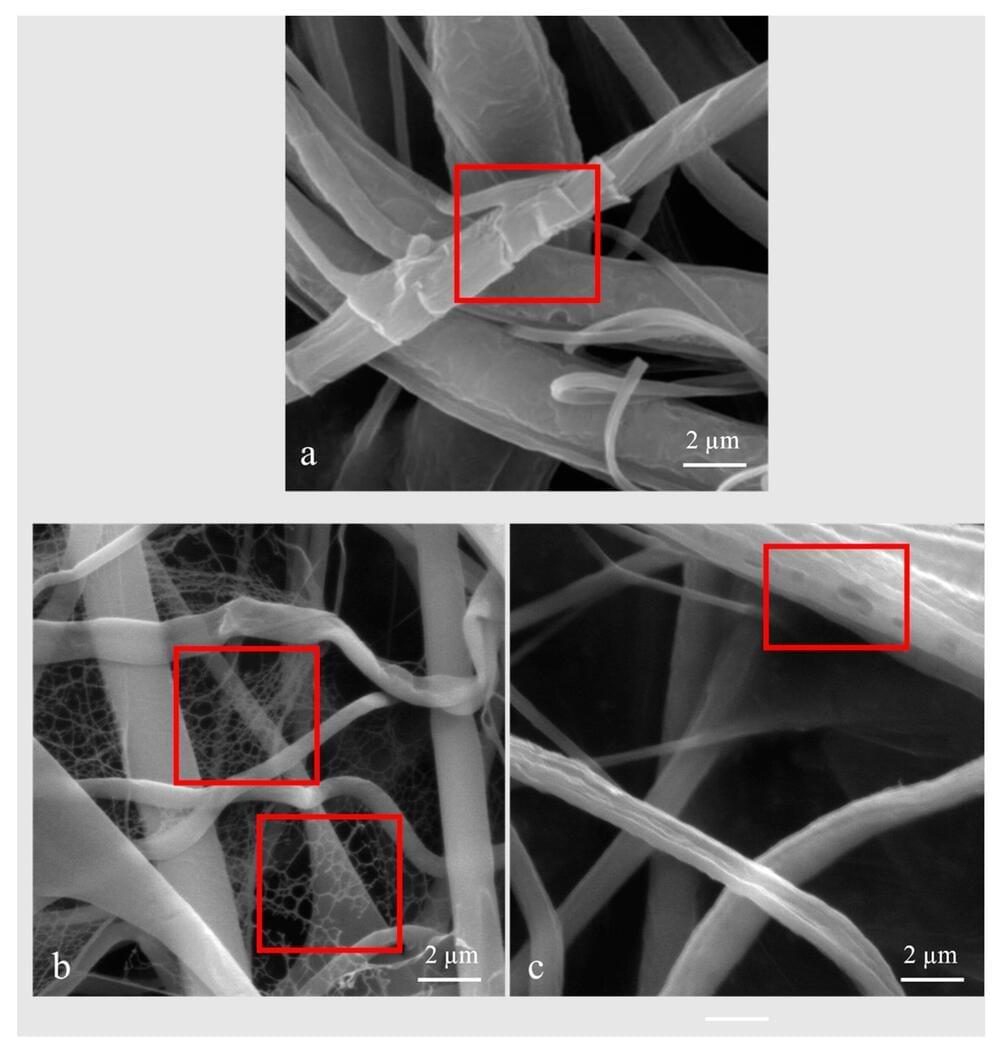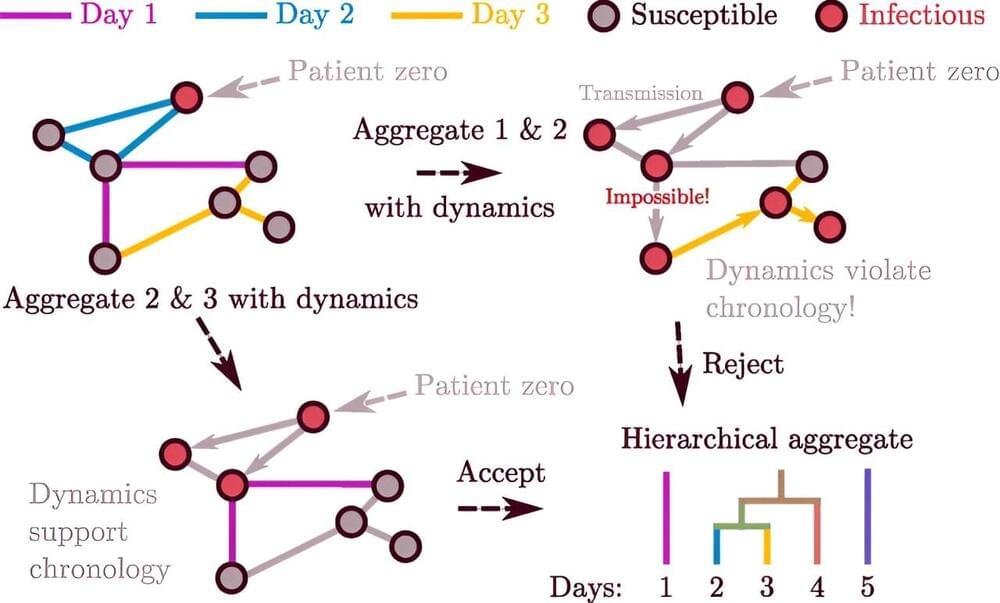A relatively new way to attack cancer, called immunotherapy, is revolutionizing cancer treatment by enabling patients’ own immune systems to attack cancer cells. It hasn’t worked for many kinds of cancers, though — evading the immune system is one of the first tricks that cancer learns. As it turns out, many cancers are also pretty good at hiding from immunotherapies.
In a recent study published in the journal Science, though, Salk Institute researchers have discovered a new way to make cancer visible to immunotherapy. To do this, the team reprogrammed mitochondria — the organelle widely memed as the “powerhouse of the cell” — to make cancer cells easier to find and kill.
The engine of cancer: What connects mitochondria and cancers? Another hallmark of cancer is their uncontrolled growth. Fueling this rapid and relentless proliferation requires a lot of energy. This increased demand is met by changes in how mitochondria function in cancer cells.









